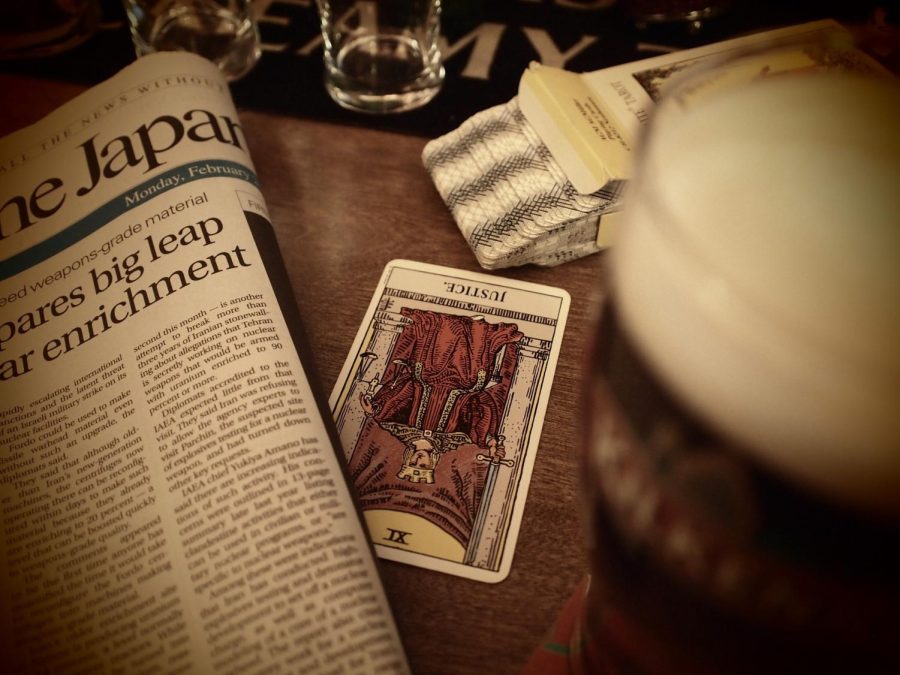Japanese Kanji Symbols
March 3, 2023
Kanji are symbols that represent words in Japanese. They can stand alone, or they can combine with other kanji or kana to create more words and ideas. They are descended from Chinese characters, which were first scratched on shells and bones as part of divination rites in ancient China. They later evolved into simplified forms to make them easier to write and reproduce. If you are planning for vacation in Japan, you have to learn some basic knowledge of the Japanese language. You can learn japanese language from italki japanese tutor. This is the one of the best online platforms that is available for all types of language learning. You can learn upto 130+ Languages on italki.
Rice Field
Terraced rice fields are a classic feature of Japan’s beautiful countryside. They’re incredibly scenic and also help prevent landslides by retaining water and creating natural dams, which can keep the area dry in the rainy season. They’re an awe-inspiring sight to see, and you can visit them all over the country. In 1999, the Japanese government released a list of 100 Terraced Rice Fields in an attempt to draw attention to their importance and preserve them for future generations.
The terraced rice fields in Japan are a testament to centuries of hard work and dedication from farmers. These sloping fields of rice are often nestled deep within stunning valleys or overlooking breathtaking sea views. A tanada, or rice paddy, is one of the most important symbols in Japan’s culture and heritage. It represents fairness and sharing. The kanji for rice paddy, ta (sometimes pronounced da), is found in the names of many Japanese families.
Ta is also a symbol of prosperity and wealth. This is because rice is a major staple of Japanese diets, and it’s one of the few crops that can grow in dry weather. You can find tanadas throughout the country, but some of the most spectacular are found in the mountains. They’re carved into the hillsides and are so beautiful, it’s almost difficult to believe that they were created by hand!
These changes will be reflected in the water filling the terraces and the swaying of the ears of rice as they’re harvested. Watching the terraced rice fields in Japan undergo a transformation over the course of the growing season is an experience not to be missed. In the town of Inakadate, archeologists have discovered that the town’s terraced rice fields have been cultivated for over 2000 years. To celebrate the history of rice farming in this small town, a group of people has decided to plant rice in a special way to create an art piece called “tanbo” or rice field art.
River
A river is a large body of water that flows across the land. It can be seen flowing through mountains and valleys, or as a narrow channel that leads to the sea. A river is a major natural resource and has an important role in the topography, ecology and culture of a country. There are many rivers in Japan and each one has different characteristics. Some are wild and uncontrollable, while others have been controlled by humans. They all play an important part in the lives of those living along them, and contribute to a rich culture as well.
The river kanji in this post is based on two of the most common ways to represent a river – Shui and Chuan. These two kanji symbols came from water running down a river, and are used today to refer to all kinds of rivers in Japan. For kanji Shui in oracle bone style, bronze ware and ten style writings, it meant “river.” For the left side of the writing, it had two short strokes. It might have been for splashes, or maybe the first stroke was slightly bent to make it look like a slightly curving river levee.
Often a river is formed by small tributaries merging to form a larger main stream of water, which in turn may branch out again to smaller tributaries and so on. It is a dynamic process that changes over time as smaller streams and branches merge to form a wider and stronger river, forming a delta that may include some of China’s largest cities.
House
House is a word in Japanese, and it can mean anything from a small, cozy home to a large, extravagant one. Typically, a Japanese home is located in a city and has two or more bedrooms, a living room, and a dining-kitchen area. There are also smaller apartments that have only a single bedroom and a living-dining room. Some houses have a “veranda” or engawa, a sort of outer corridor that wraps around the house when the storm shutters are open. These can be very narrow or very wide, depending on the size of the house and the layout of the rooms.
A Japanese house usually has a few different kinds of furniture, with the main living-dining room often used for both eating and entertaining, while the bedrooms are more likely to be used as private sleeping areas. If there is a garden, it is common for the family to use that as their communal living space as well. In Japan, there are several different kanji characters that represent the word “house”. This article will highlight some of the more popular kanji symbols for this word and explain how they are read in Japanese.
The most important kanji symbol to look for is the “house” radical, which is often paired with other kanji. This is because the kanji can be read as a character on its own, but it can also be combined with other kanji to add extra meaning. A kanji that can be read both with and without okurigana is called a pseudo-on’yomi. This is especially common with kokuji, the Japanese-created Chinese characters that have only a native kun’yomi, and it can help the reader understand the meaning of the kanji.
Also Read: Techalphanews.com










